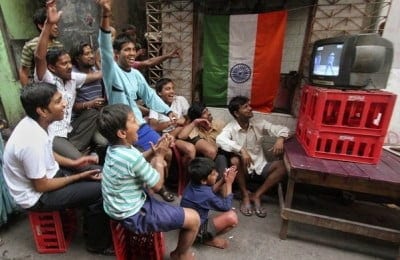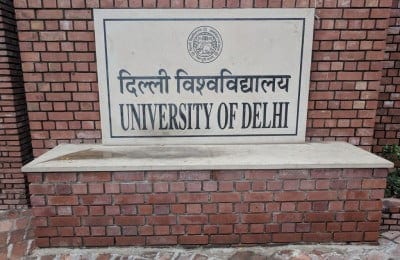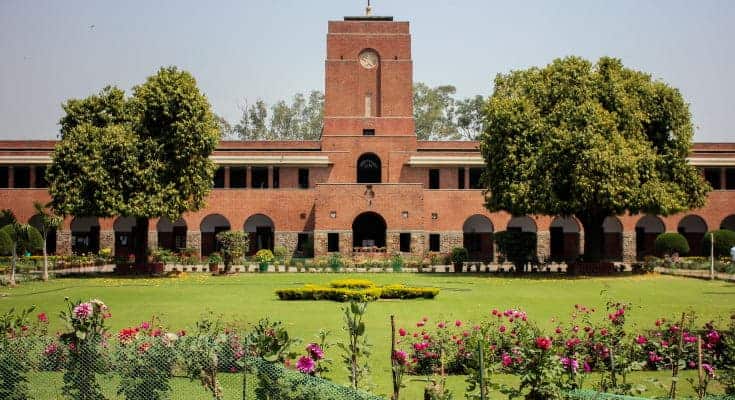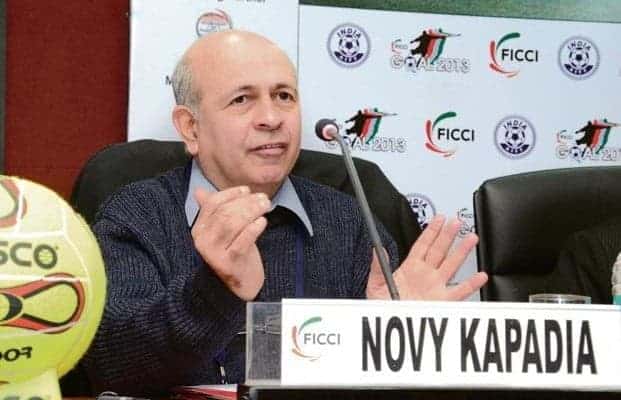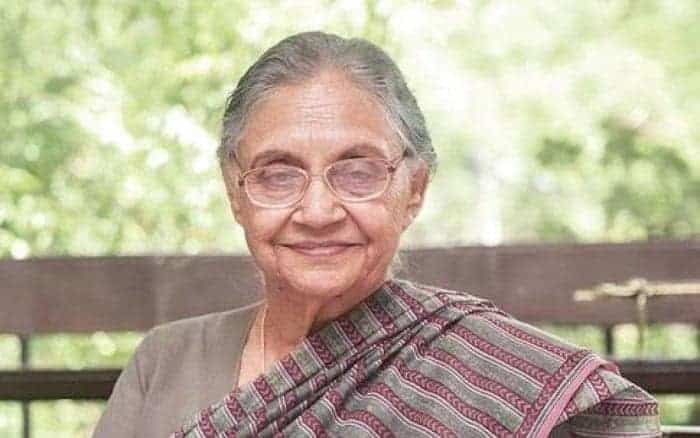Societies have been touted as the best way to engage in extra curricular activities while studying in Delhi University (DU). There are times however when they fail to meet the expectations we have and make us ask whether its time to leave.
The first thing that many of us in first year are told after we get into DU is that our lives will revolve around whichever college society/ies that we choose. “ classroom se zyada society mai seekhega tu ( You will learn more in your society than in the classroom.)“ , “tujhe tera crowd society mai milega (You will find like-minded people in your society.)” While these monikers might stand true for the right society for an individual, it is not universally true.
What one should keep first and foremost with all endeavors including societies is the affect that it is has on our mental health. Societies and the extra work load they bring can have a negative impact even if we are surrounded by wonderful people in the society. Paridhi, a first year student from Jesus and Mary College, says “ I was not in a good place mental health wise, and I didn’t think I could commit to the work in a way I would’ve liked to, that resulted in me learning more too. With something like Poetry too, despite the society being full of amazing, empathetic women; it felt like a burden to keep afloat with everything that was going on.”
In the current political scenario, if you are one of those who believe that now is the time to stand up and raise your voice for what India stands for, a college society can be a roadblock in your way and a source of frustration. Lots of societies choose to be ‘apolitical’ o down right apathetic to the situation in the country. With your societies refusing to take stands and/or prioritising practice or work before dissenting, It is a very valid reason to leave your society. Apoliticism, of all things, is ironically one of the things followed in many societies that function around expressing your opinions. All this, amongst major national political crisis.
Another reason one would join a society is for professional growth, and this dilemma between professional growth and fun is the reason why many of us end up in academic societies as well as cultural societies. But managing many societies at a time isn’t everyone’s cup of tea, which at times forces one to leave a society. Theoretically, one should go for professional growth but cultural societies get an upper hand because of the family like feeling that one gets owing to hours and hours of practice, hundreds of cultural fests to compete in and the liberal way in which they function.
But not all societies are a family, a fresher to the society may find it difficult to socialise with their seniors, thus getting the sense of lonesome even after spending most of your day with their society. This feeling of alienation could also be the reason you want to leave your society.
Amidst all these fun and partying that these societies offer, they also come with a pinch of salt in the form of toxicity arising from the “circuits” that each society has in the University. Every weekend there is a new competition, a new tournament, with the same people in the circuit one would see the same people quite often! While many of us would want to be friends with different people within the circuit, there is also this competitiveness owing to everyone’s desire to win the cash prizes that leads to this toxicity. Sadly, this is the ugly truth of societies that make it unbearable for someone who is not much dedicated to the art.
Whatever be your passion, there is a society for that, but at the same time, if you feel like a particular society would not help you to pursue your dreams, it is okay for you to leave it and make a trail of your own, for one can take the road less traveled.
Feature Image Credits: Hitesh Kalra for DU Beat
Akshat Arora
Prabhanu Kumar Das



